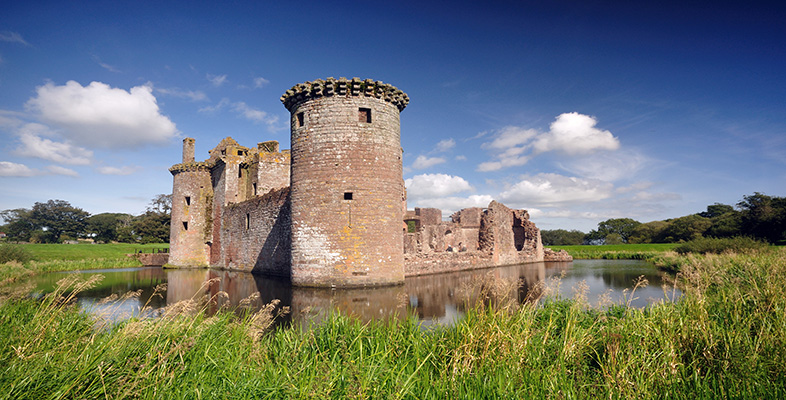3.2 Heritage as popular culture
Hewison’s position was criticised by a series of commentators. The British Marxist historian Raphael Samuel noted in Theatres of Memory (1994) that the scale of popular interest in the past and the role of that interest in processes of social transformation argued against Hewison’s connection of heritage with Conservative interests. He criticised Hewison’s connection of heritage with Conservative political interests, arguing cogently that heritage and ‘the past’ had been successfully lobbied as a catch-cry for a range of political positions and interests; in particular, heritage had served to make the past more democratic, through an emphasis on the lives of ‘ordinary’ people. He also saw the roots of popular interest in the past as stretching back far earlier than the political era of ‘decline’ suggested by Hewison:
The new version of the national past, notwithstanding the efforts of the National Trust to promote a country-house version of ‘Englishness’, is inconceivably more democratic than earlier ones, offering more points of access to ‘ordinary people’, and a wider form of belonging. Indeed, even in the case of the country house, a new attention is now lavished on life ‘below the stairs’ (the servants’ kitchen) while the owners themselves (or the live-in trustees) are at pains to project themselves as leading private lives – ‘ordinary’ people in ‘family’ occupation. Family history societies, practising do-it-yourself scholarship and filling the record offices and the local history library with searchers, have democratized genealogy, treating apprenticeship indentures as a symbolic equivalent of the coat of arms, baptismal certificates as that of title deeds. They encourage people to look down rather than up in reconstituting their roots, ‘not to establish links with the noble and great’...
Samuel was quick to emphasise heritage not only as a potentially democratic phenomenon, but also to see in the social practices surrounding heritage the possibility for promoting social change. An advocate of the potentially transformative power of history, and of the role of heritage in producing diversity and scaffolding multiculturalism in society, Samuel described heritage as a social process:
Conservation is not an event but a process, the start of a cycle of development rather than (or as well as) an attempt to arrest the march of time. The mere fact of preservation, even if it is intended to do no more than stabilize, necessarily involves a whole series of innovations, if only to arrest the ‘pleasing decay’. What may begin as a rescue operation, designed to preserve the relics of the past, passes by degree into a work of restoration in which a new environment has to be fabricated in order to turn fragments into a meaningful whole.
It is difficult to argue with Samuel’s point about the popular interest in heritage, as it is with the grass-roots involvement of people and communities in appeals to conserve particular forms of heritage. For example, SAVE Britain’s Heritage, an influential campaigning body which works to conserve British architectural heritage, was formed as a direct result of the public reaction to the exhibition The Destruction of the Country House held at the Victoria and Albert Museum (V&A) of decorative arts and design in 1974. However, it is not really enough to say that it was formed in response to ‘public’ outcry – we need to think about who this public is. In this case, it is probably fair to say that the ‘public’ who attended the exhibition at the V&A were well educated, middle-class people with an interest in architecture. But this phenomenon of the movement of heritage into the public sphere as a form of popular entertainment outside of the museum and into public spaces cautions against seeing heritage as entirely something that is imposed ‘from above’.
